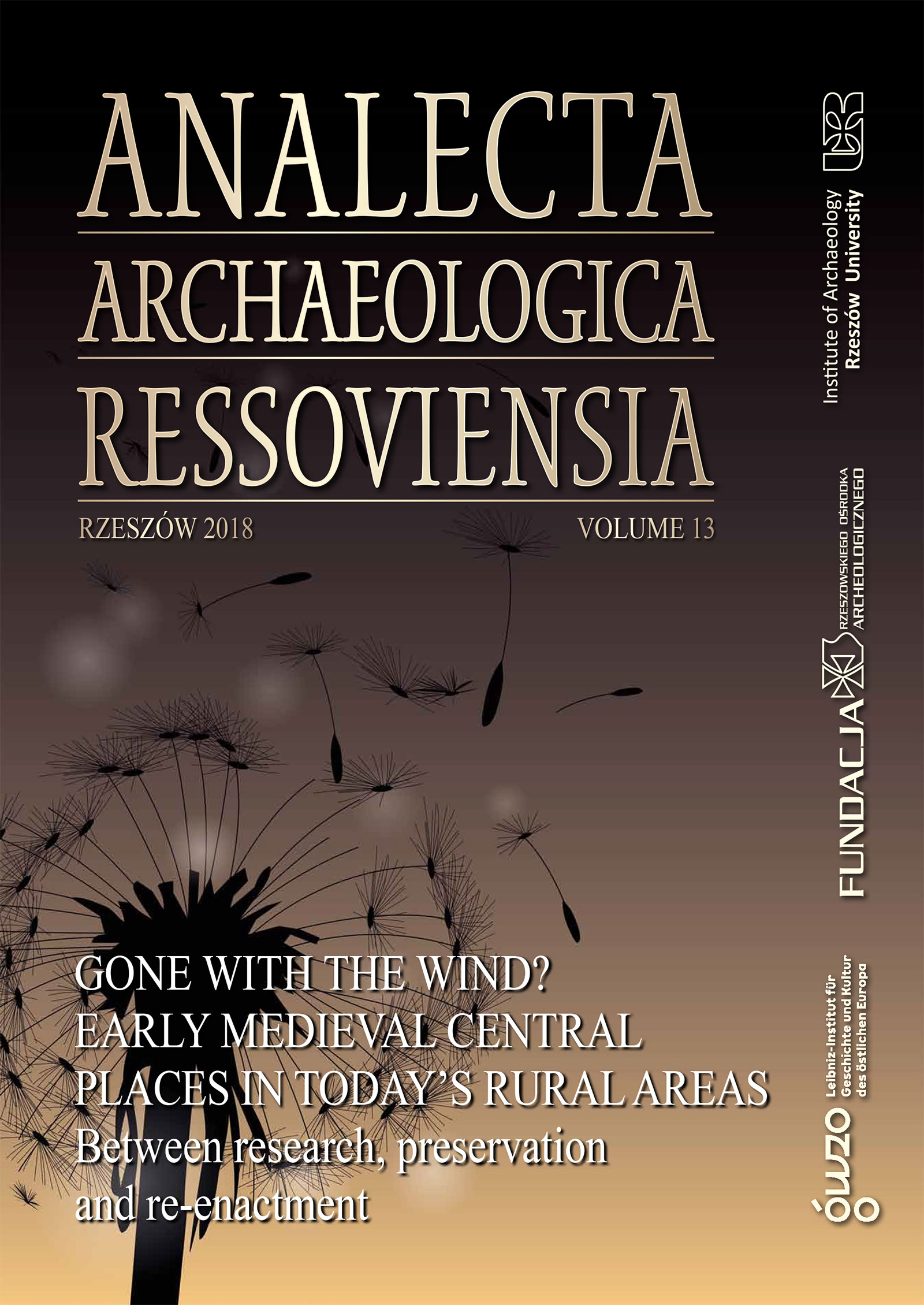Poland A and Poland B – Developmental Disproportions on Polish Lands in the 19th and 20th c. (Prior to 1939)
DOI:
https://doi.org/10.15584/anarres.2018.13.2Słowa kluczowe:
developmental disproportions, Second Republic of Poland, Poland A and Poland B, Eugeniusz Kwiatkowski, Central Industrial DistrictAbstrakt
The problem of developmental disproportions occurring within a state is not an uncommon phenomenon, and the case of Polish lands is one example of it. As a result of numerous disadvantageous conditions, Polish lands experienced dramatic developmental differences, which fully came to light in the interwar period, when the territories which had belonged to the three partitioners of Poland were incorporated into the Second Polish Republic. The disproportions were so deep that a much better developed Poland A and a much more backward Poland B (situated east of the Vistula River) were distinguished in the state. The scale of the differences was reflected in many economic and social indices, ranging from population density, to the degree of urbanisation processes and sources of population income, to the state of transportation infrastructure, to the involvement of workforce, to the production of basic goods. An attempt to reduce the disproportions was the establishment of the Central Industrial District in the mid-1930s and the Fifteen Year Plan for the state’s development prepared by Deputy Prime Minister Eugeniusz Kwiatkowski (1888–1974). These plans were thwarted by the outbreak of WWII, and the developmental disproportions on Polish lands, despite the post-war change of state borders, remain visible even today, especially in territories that were part of Poland B before 1939 (today Podkarpacie, Lubelskie, Podlasie Voivodeships).

